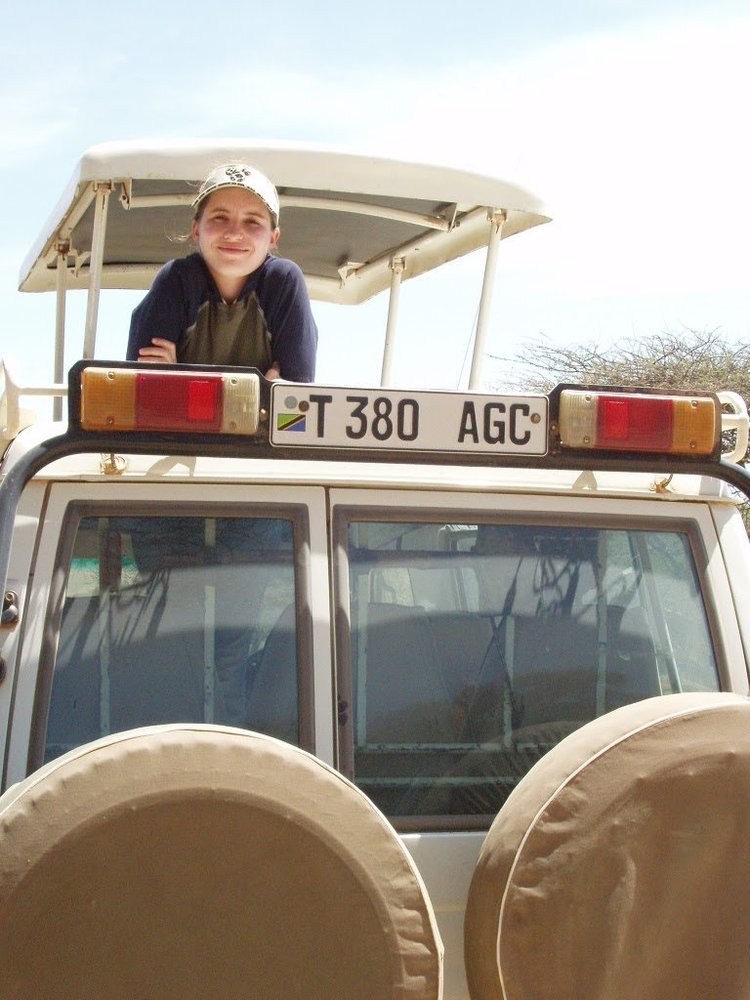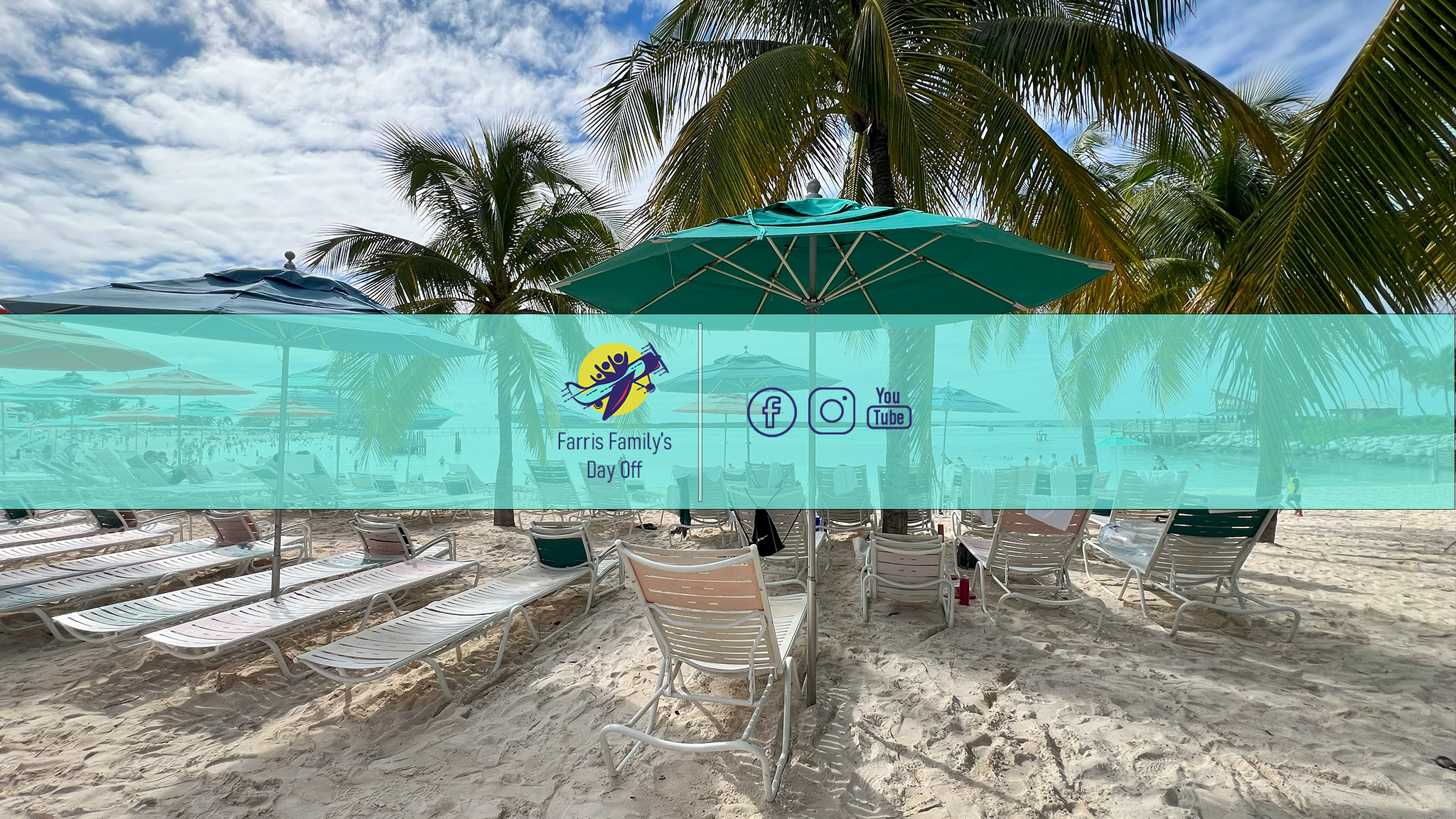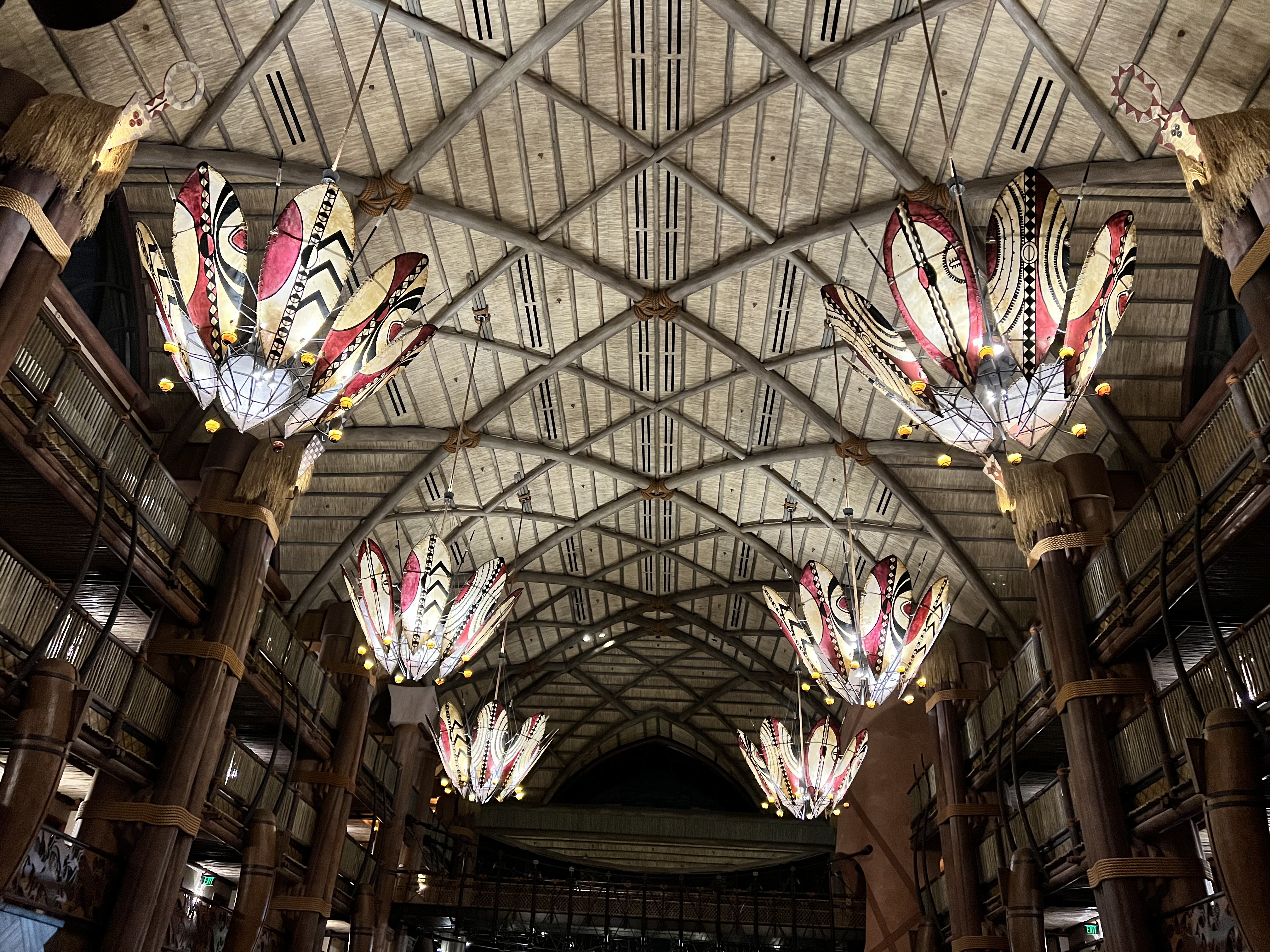Our African Honeymoon in Tanzania - September 2005
Since Kati was young, she dreamed of visiting the animals in Africa. It was a big deal to her and she would hope to one day have that dream come true. I (James) had never traveled outside of the United States and I, not only wanted to make her dream come true, but wanted to experience it for myself.
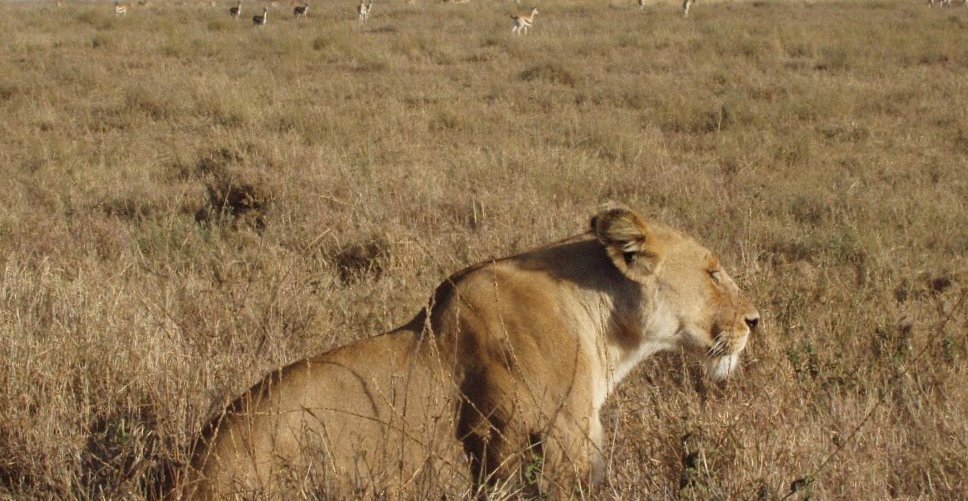
The journey begins by missing our connecting flight!
We left California, headed to Minnesota. When we arrived in Minnesota, our flight was delayed to Amsterdam. At this point, there was no going back. So we pushed on. We arrived in Amsterdam, knowing that we missed the only connecting flight out that day headed to Tanzania, Africa.
Thankfully, KLM, the airline we flew in on, was very accommodating. They helped us book the next day out to Kilimanjaro International Airport and graciously put us in a hotel near the airport for the night. On top of getting a shuttle service to and from the hotel and airport, they also supplied us with an overnight bag, that included clothes and toiletries. Talk about top-notch service.
They put us in a nice hotel outside of the city.
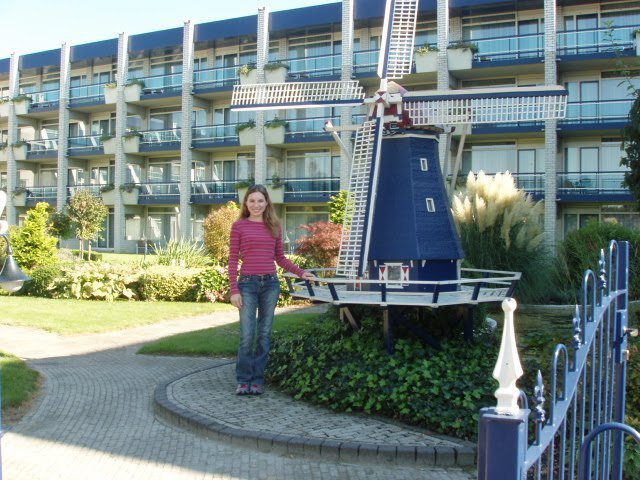
Arriving in Africa
The moment we flew past Mount Kilimanjaro and started our descent, my excitement began to peak. I also had a little fear in me just because I had never been to Africa and the sense of the unknown was both exciting and scary.
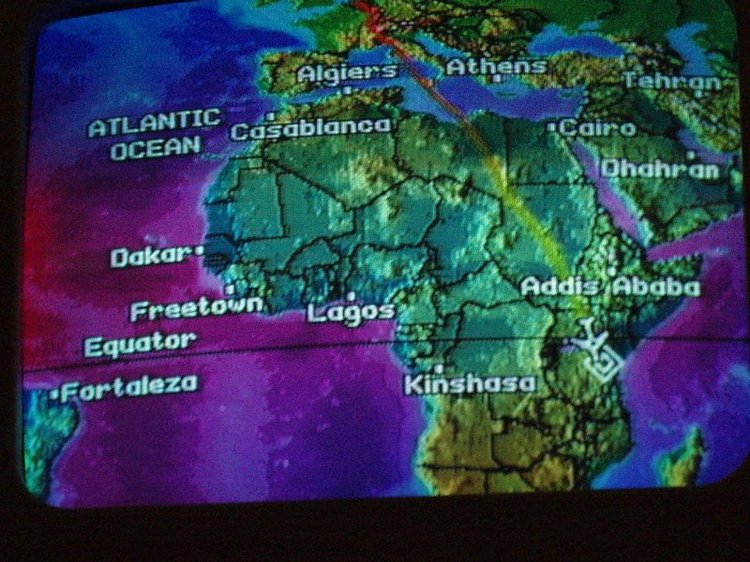
Stepping off of the plane into such a small airport was very new to me. The airport had one terminal and you didn't walk through a jet-way, but rather down the stairs off the plane into a one-story building. This was the Kilimanjaro International Airport.
Once we got our bags and headed to the taxi area, we were greeted by Israel. He was Jo's counterpart from the U.S. He took us in his SUV through the city of Arusha to Moivaro Coffee Plantation Lodge where we would stay for the night before heading off to catch up with the rest of the tour group who had already headed to the first national park. Below is a picture of the coffee plantation. They had separate buildings where we slept. It was a nice way to start the journey into Tanzania. Not to mention adjust to the different time zone!
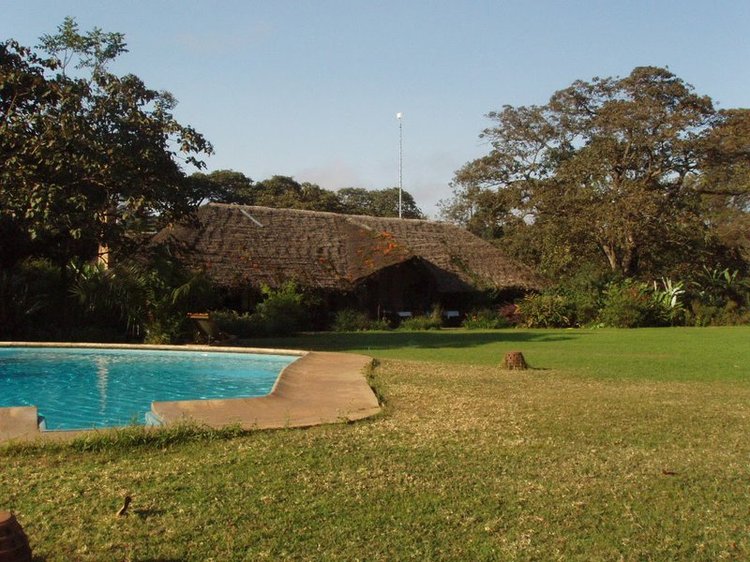
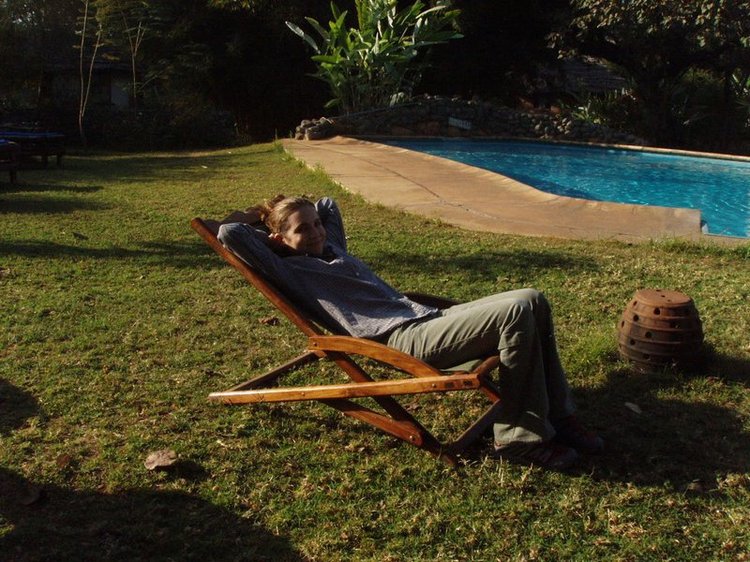
Tarangire National Park
We arrived at our first of 4 national parks. It was the beginning of 12 days full of so many sights, sounds, experiences, and just inspiring moments. There was a lot to take in. When arriving at such a large national park, you may not see much. As you move further into the park, you begin to see so much. Trees that are like no other in the world. Plants. And of course the animals.
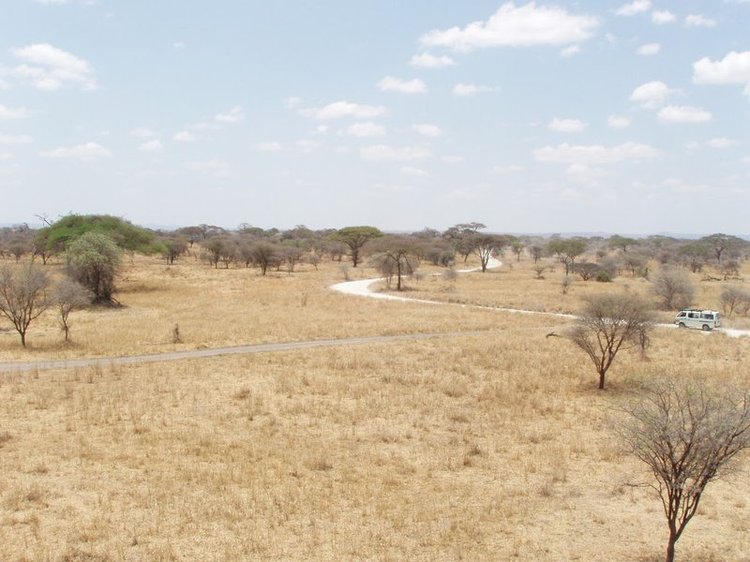
One of the things I will never forget is realizing that these are not zoo animals. These are animals that have no gates, no containers, no separation from one another. It really is survival. Realizing that, it was at that point I felt so little, so vulnerable, unimportant, it made me realize how delicate the world is, life, it was one of the moments I was grounded.
Our first encounter with these animals was the zebras. Zebras, in the wild! It was amazing. These might have been the animals I would observe at my local zoo for a moment before moving on. Not here, not in Africa, their native habitat. The place they are born, live, and die. I couldn't get enough watching them do what they do in the wild. Knowing that they knew we were watching them as they were watching us.
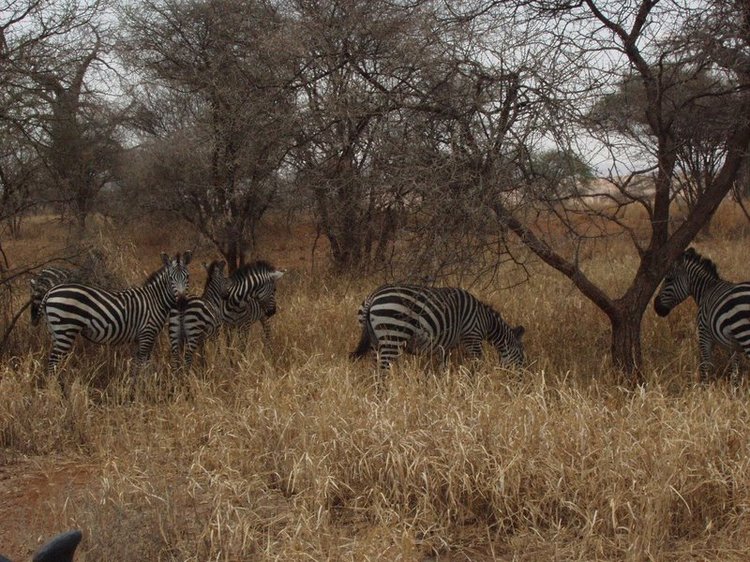
One thing to understand is it wasn't always easy to find every animal. Sometimes it took hours before coming upon something interesting. That said, the safari guides around each park would be in constant radio contact as to what they saw and where. That way it would inform our safari guide where we might find a particular animal. With no guarantees of course! You cannot see what may be coming up next and they may not be visible from the dirt roads the safari guides are required to go on. Since this is a protected national park, the rangers are strict about what you can and cannot do.
Knowing that, it was amazing to see giraffes, baboons, and gazelle all around the same place. Sometimes right next to each other, respecting their territories.
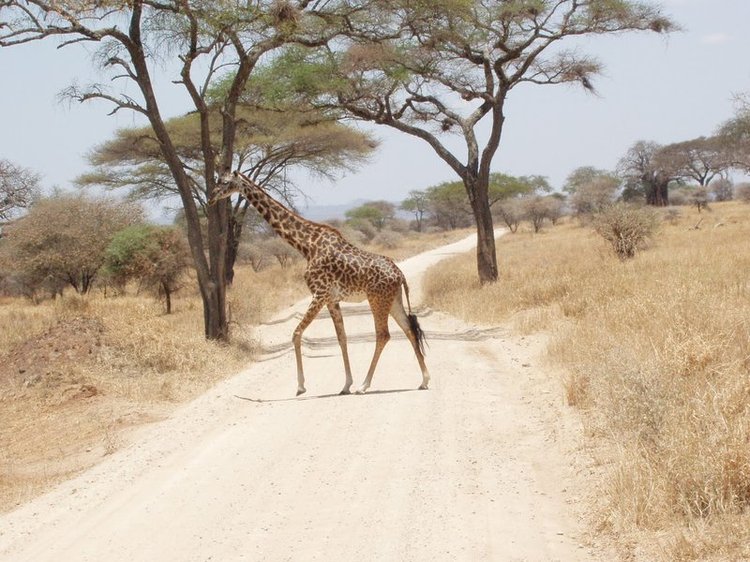
Hours in to our first safari day, we took in so much. It was hard to consume, but I was so happy I can share it with Kati, who I knew was feeling the same and perhaps even more since this was her life long dream.
The image below just shows the reality of this place. No cages, no boundaries, survival. There are three different types of animals in this picture (zebra, elephant, and wildebeest) and a watering hole that likely dries up when the rains stop.
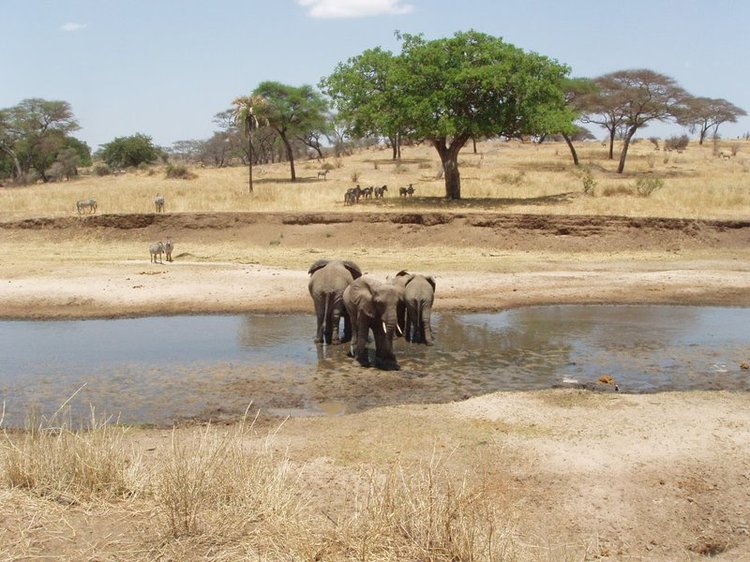
Just to give you an idea of how large the land mass is. Sometimes you can see animals from a great distance like in the picture below.
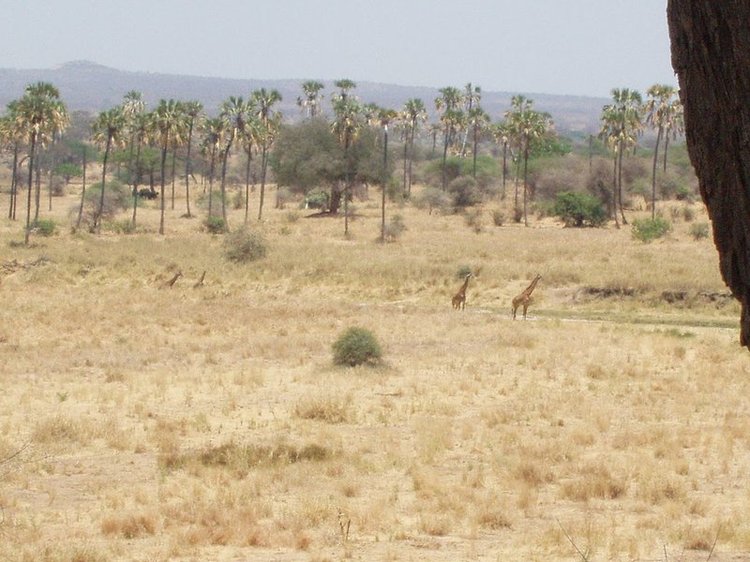
A little bit about the camp life
Most of our trip we stayed in "luxury tents". Which means that the tents were large enough to stand in and then some. They had queen size beds, a table to put your smaller items on, like your cameras. They even had a zipper like door that would open up into your own canvas bathroom with a toilet. The toilet sat on top of a dugout hole that they would fill in after the camp was torn down.
In addition to the sleeping tents, there was also the kitchen tent, dining tent, and staff tents. They also built a fire every morning and night, so we can gather and discuss what we look forward to seeing and what we did see at night.
There were also armed guards that would protect the camp from what I assume would be wild life. We did hear lions and other animals at night which was an experience all to itself.
The food was good. The staff would make breakfast every morning. They would also make lunch and pack it for the all day safari we would go on each day. When we returned to camp, they would prepare dinner.
As far as keeping clean, in the room of your tent that had a toilet, there was also a shower. The staff would heat up water over a fire and when you were ready, they would pour it into a bladder that hung outside your tent and you would turn on the shower head. It was amazing.
Brushing your teeth and washing up was done right outside of your tent where there was a wash basin with water.
I wish I would have taken picture of all these things, but I was too excited at the time about everything else.
Lastly, could you believe that they would tear down and build up these tent camps every time we moved to another park?!
Lake Manyara National Park
We didn't stay here, but passed through. During our time here we hiked up to where the elephants of the area would rub their tusks against the rocks seen in the picture below to get minerals. I'll use this word a lot, but it was amazing! Just thinking about the idea that I was out in the open and elephants could arrive in the area at anytime, was both exhilarating and scary.
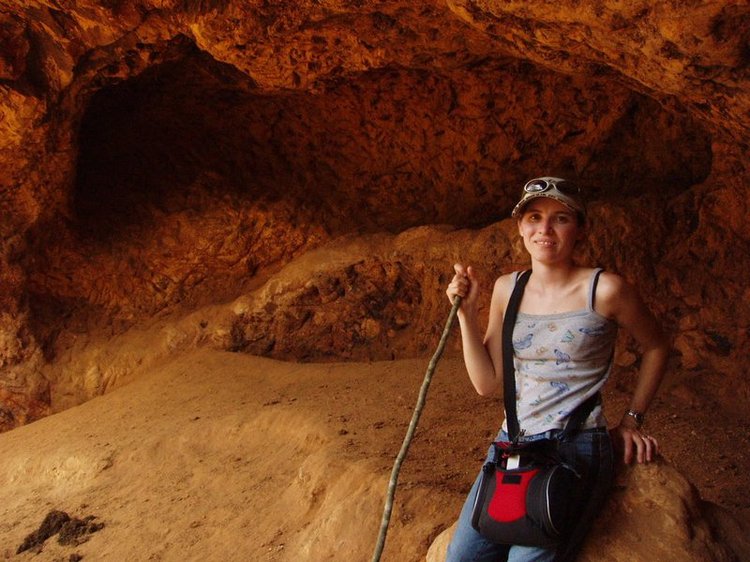
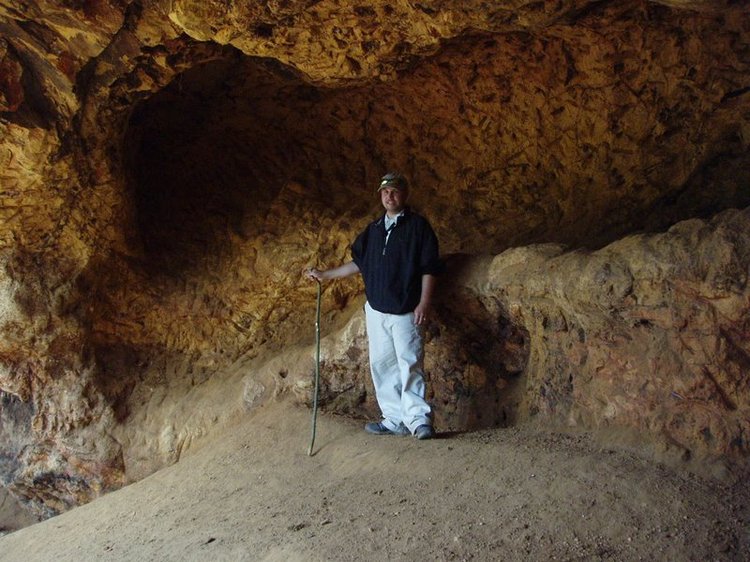
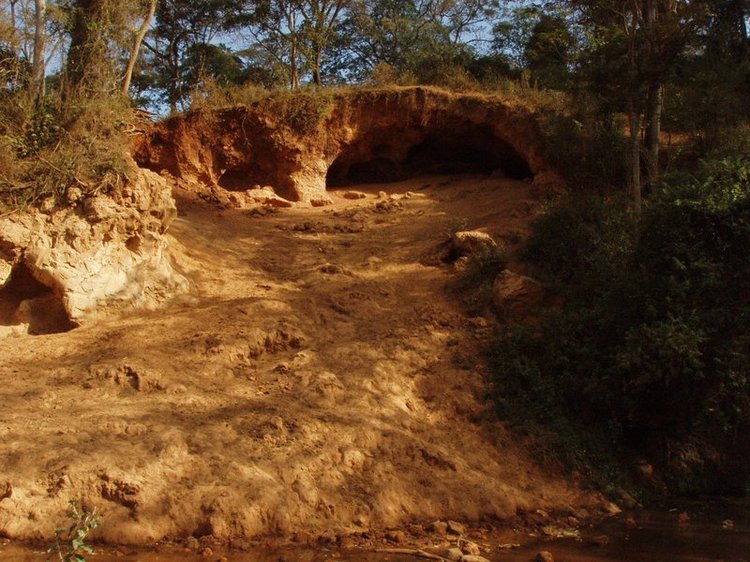
Tribes along the way to Ngorongoro Conservation Area
On our way to Ngorongoro Crater, we met some locals of the area. These were bushmen (Hadza people). It was very interesting to see how they live. Their way of life is unchanged for centuries. They hunt by making their own weapons from the resources of the land. They cook and make fires by how they know how. They live in huts they build. They are isolated from civilization. I was honored that they would allow us into their camps and show us how they live.
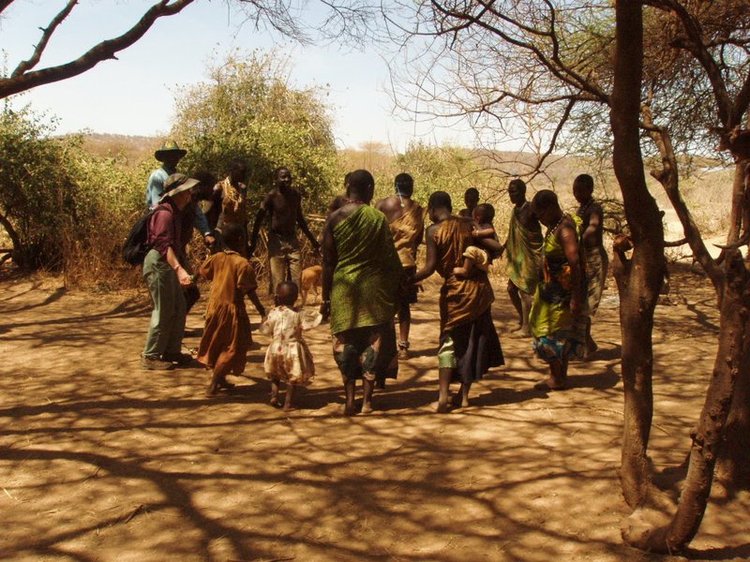
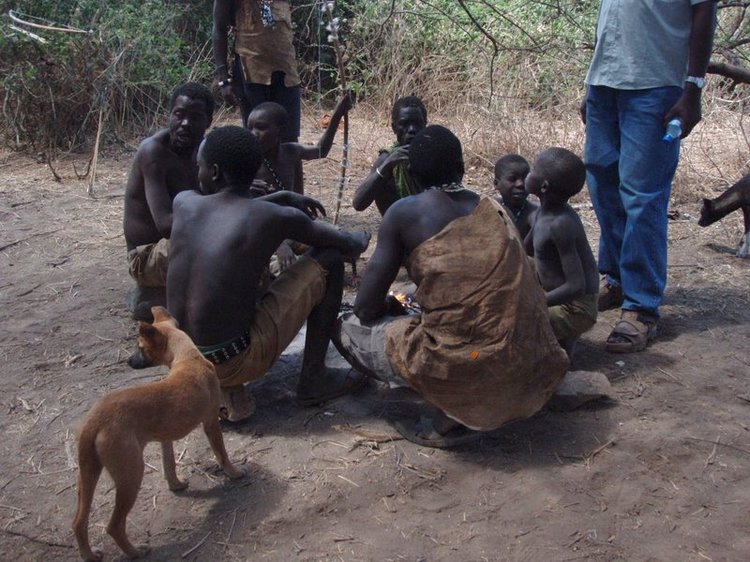
Driving closer to the Ngorongoro Crater, we continued our tribe encounters. The next group we met were the Maasai people. First we saw how their tool makers make weapons and tools they use for various tasks.
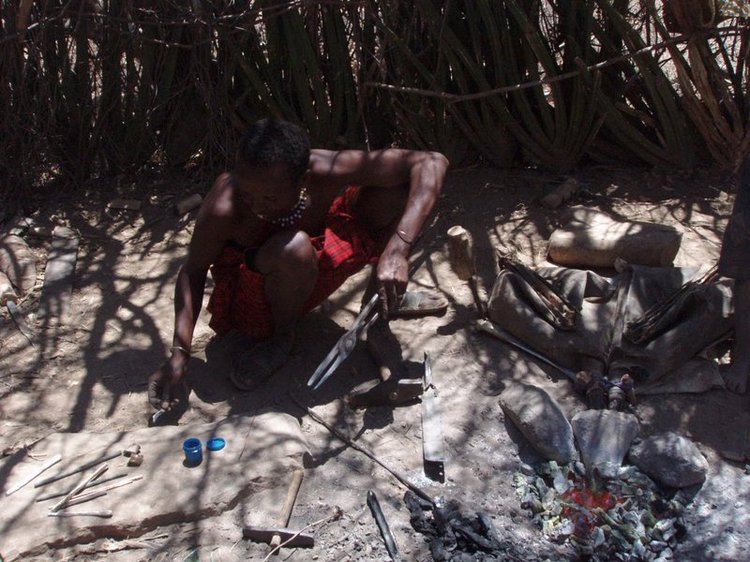
Here are some of the women and children of the Maasai people. Take note that the structure behind them is where they live. We were allowed to view inside. Dirt floors, grass weaved beds, and a fire pit to stay warm. Not much else.
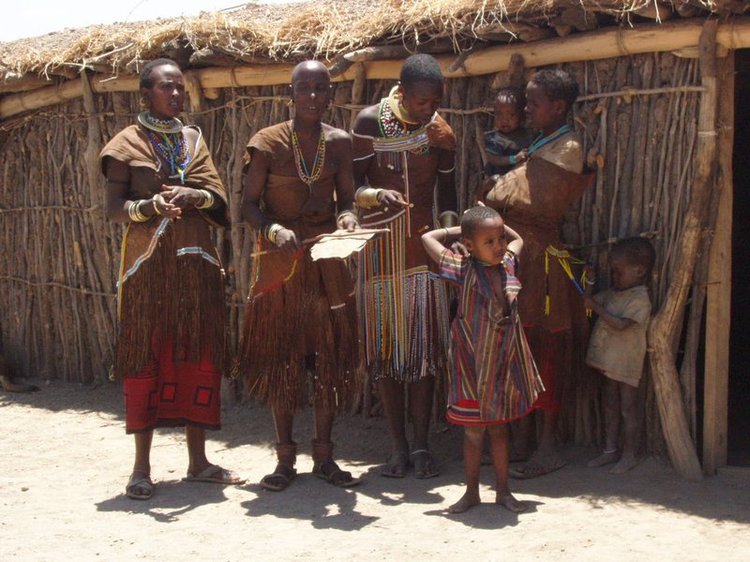
Ngorongoro Crater
As the sun starts to set, we make it to the outlook of the Ngorongoro Crater. One word could only describe it, breathtaking.
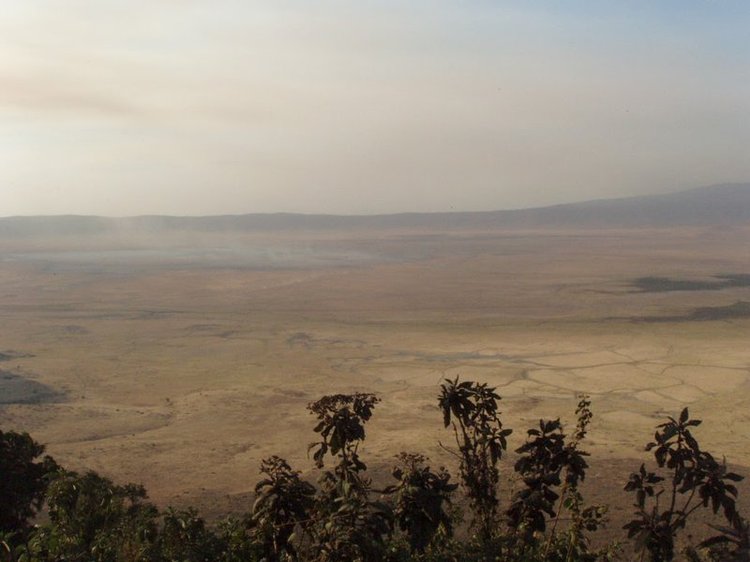
A little bit about Ngorongoro Crater.
It's the world's largest inactive, intact and unfilled volcanic caldera. The crater, which formed when a large volcano exploded and collapsed on itself two to three million years ago, is 2,000 feet deep and its floor covers 100 square miles. It also has it's own ecosystem of plants and animals. The animals that live here never leave.
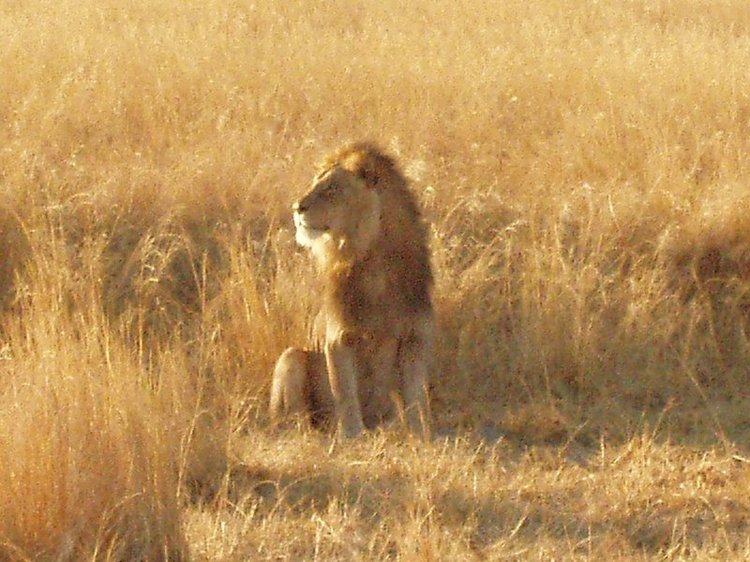
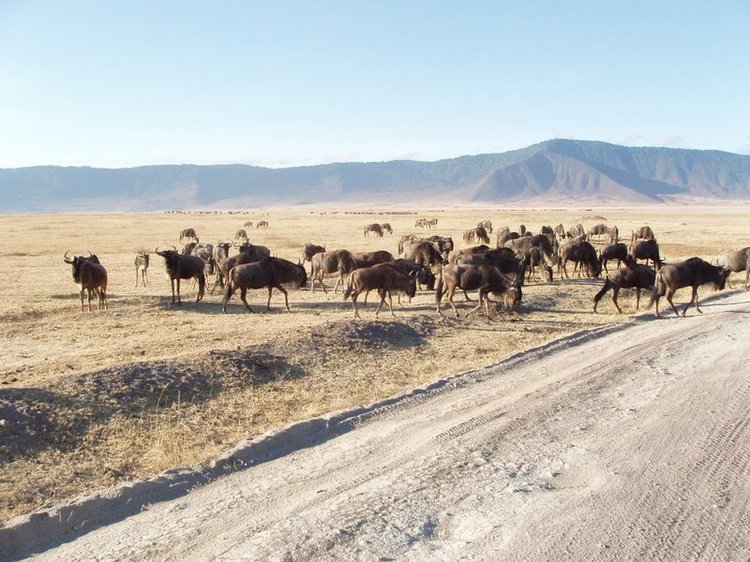
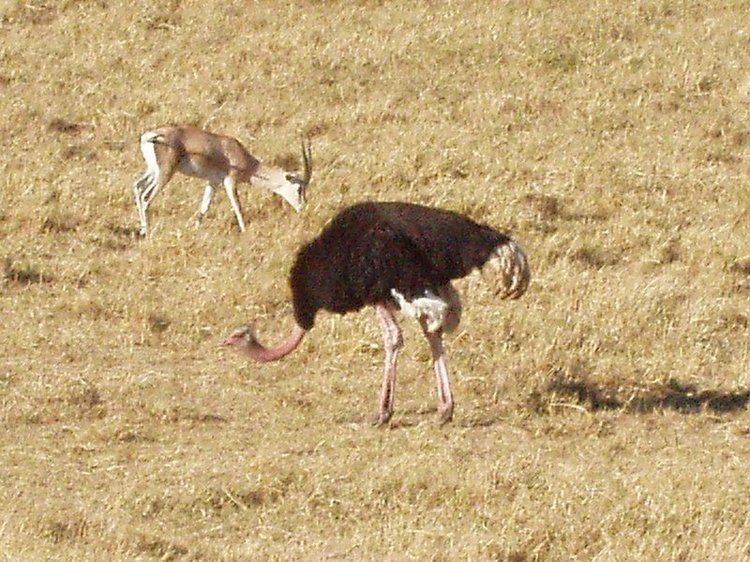
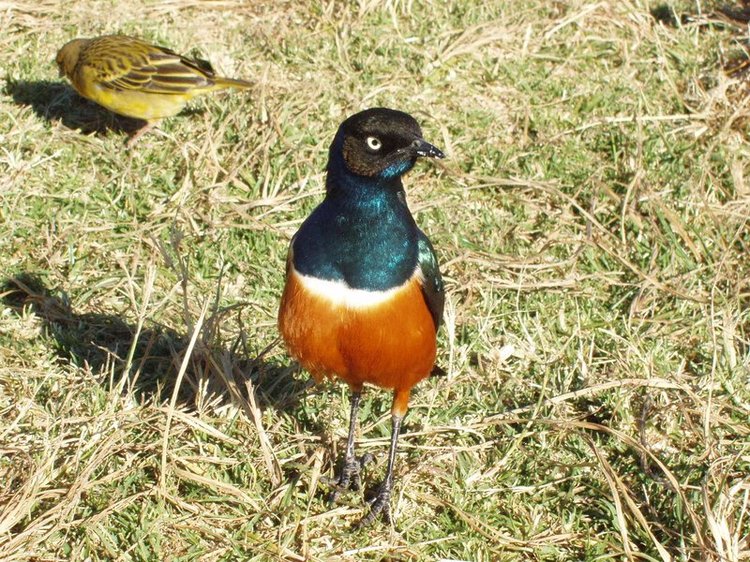
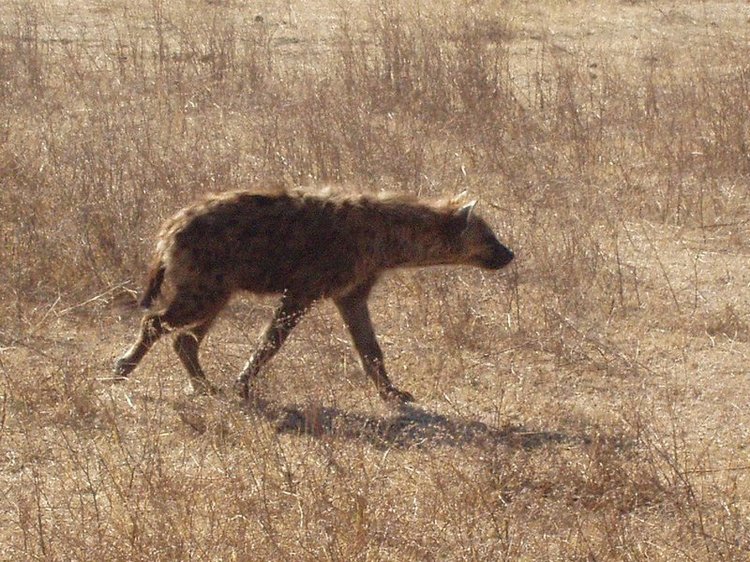
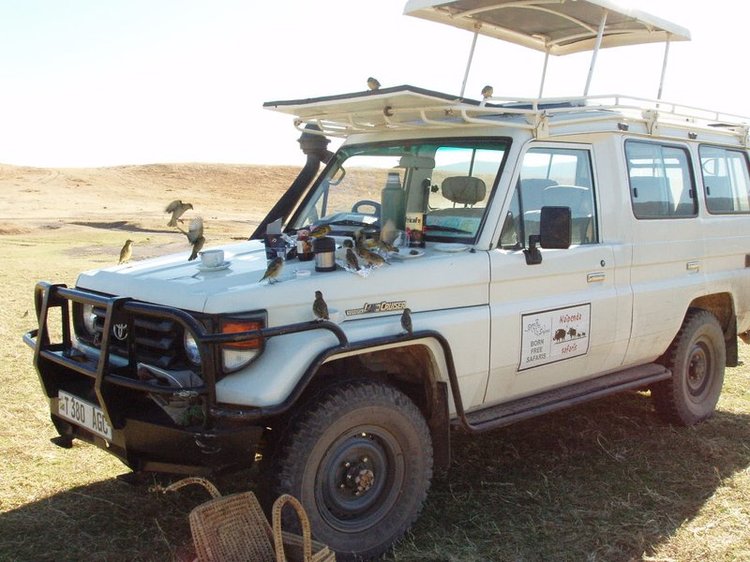
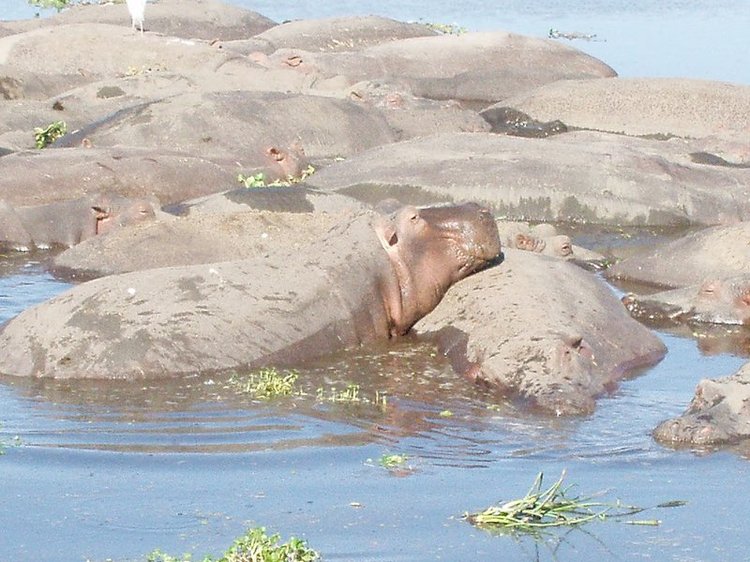
Another animal I was just amazed to see were hippos. They seem so non-threatening in the image above, but they are fast and territorial, especially with younger ones around.
Olduvai Gorge
The Olduvai Gorge in Tanzania is one of the most important paleoanthropological sites in the world.
We were there and it was amazing. I remember looking down through the gorge and just imagining what early humans may have been doing here, how they lived, what they saw. I could not describe it any better.
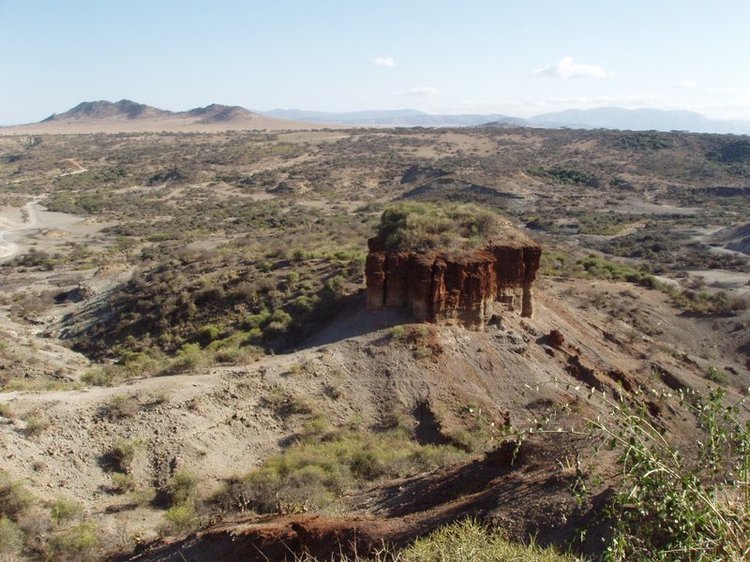
The Serengeti (endless plains)
This was the last stop in our journey through Tanzania. It truly was endless and we saw the most wildlife here than, I think, any other place we stopped. That's saying a lot because we saw so many animals along the way to our grand finale.
This was the entrance into the Serengeti National Park. The straight dirt road you see in the distance is the path into the park.
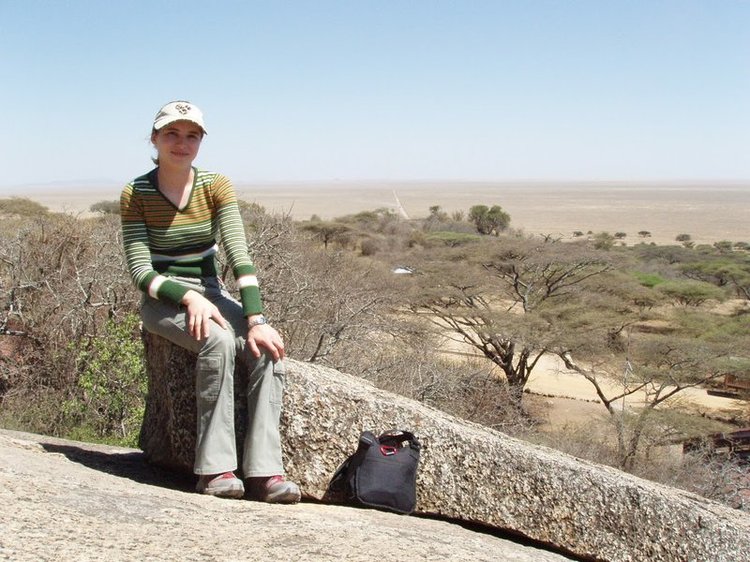
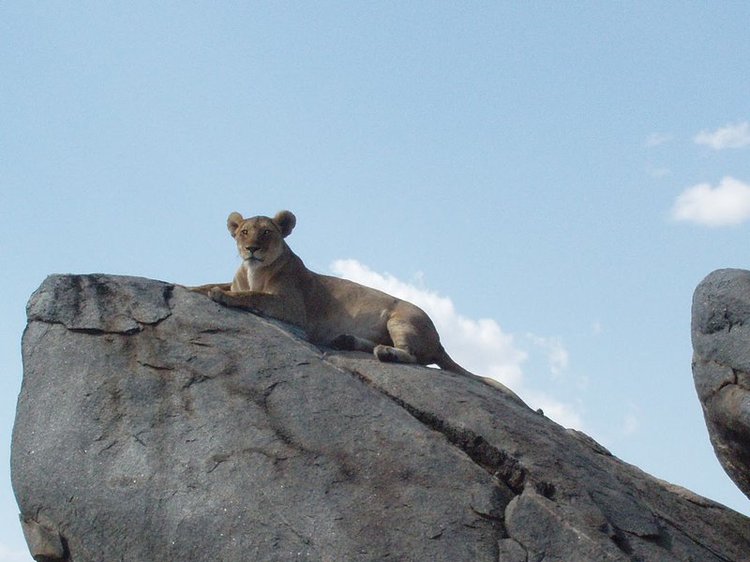
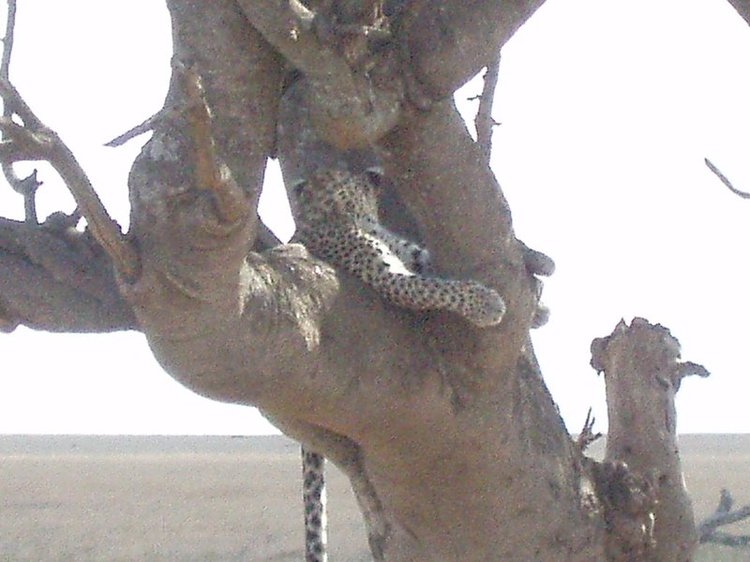
Yes, that is a pride of lions in Africa and yes, all we had was a truck to protect us...with an open canopy!
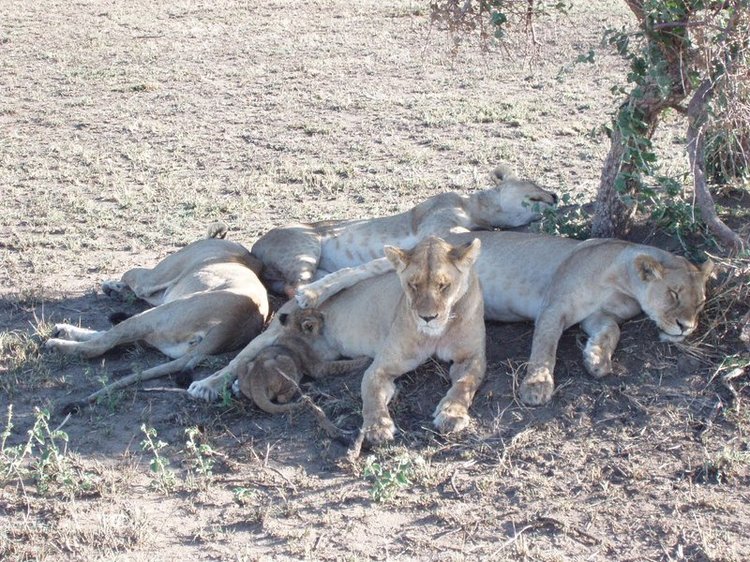
This male lion was maybe 15 feet from us!
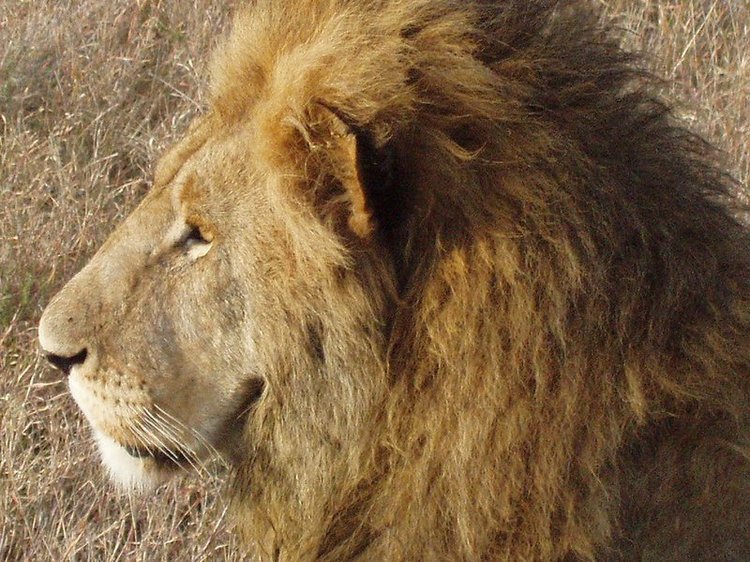
You can see the impala in the background scattering as they saw the pride of lions. This lion was focused on some cape buffalo in the distance. The pride eventually surrounded the herd of cape buffalo, but was unsuccessful that time. If you never seen a pride work together on a hunt, it is insane how they communicate to one another. They literally surround a targeted group and all rush in at the same time.
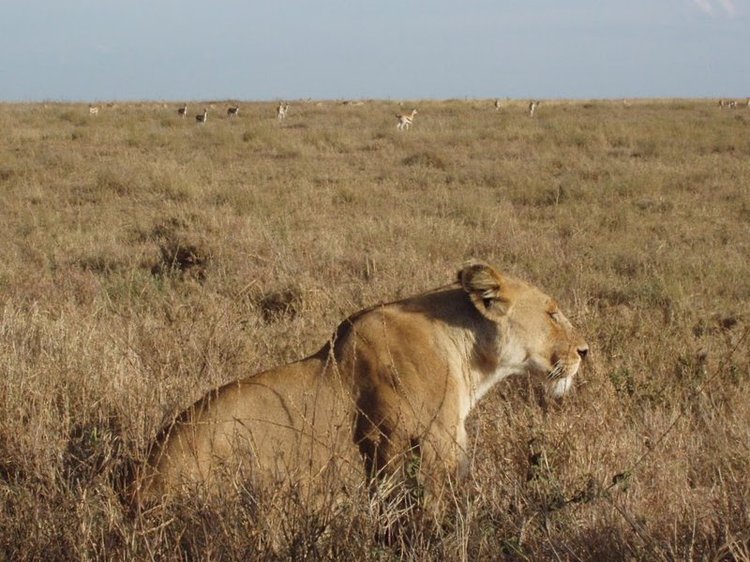
This is one of the first of 30+ cheetahs we saw in the Serengeti. We were told by our safari guide that they are elusive and we may not see any. Man we we lucky!
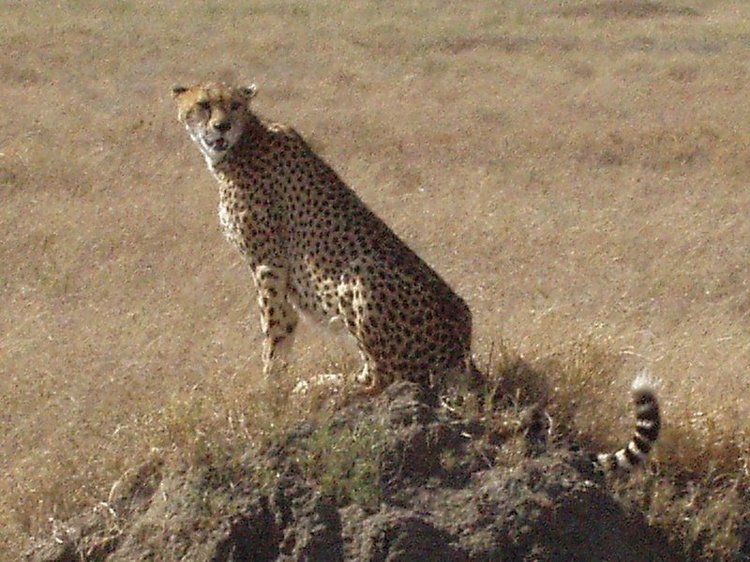
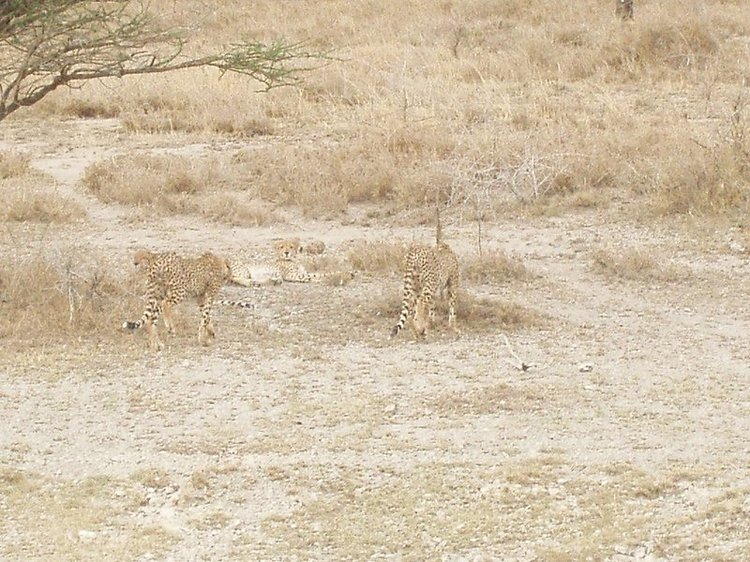
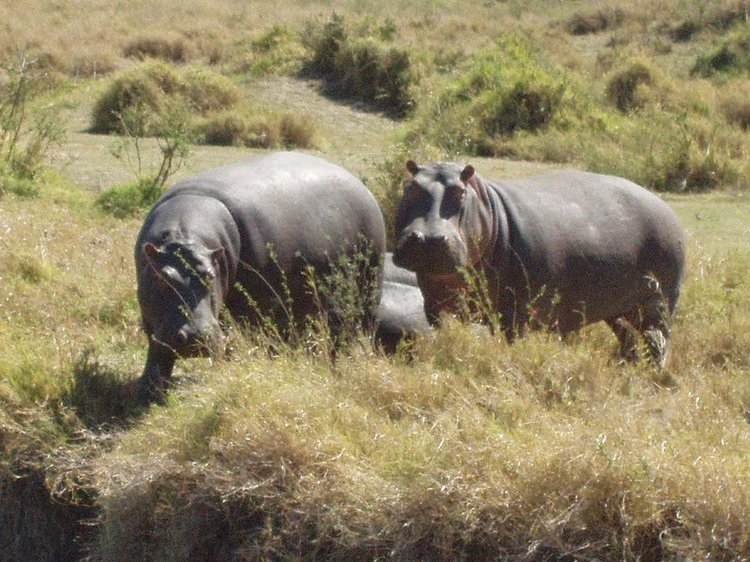
Thank you for going on this journey with us
